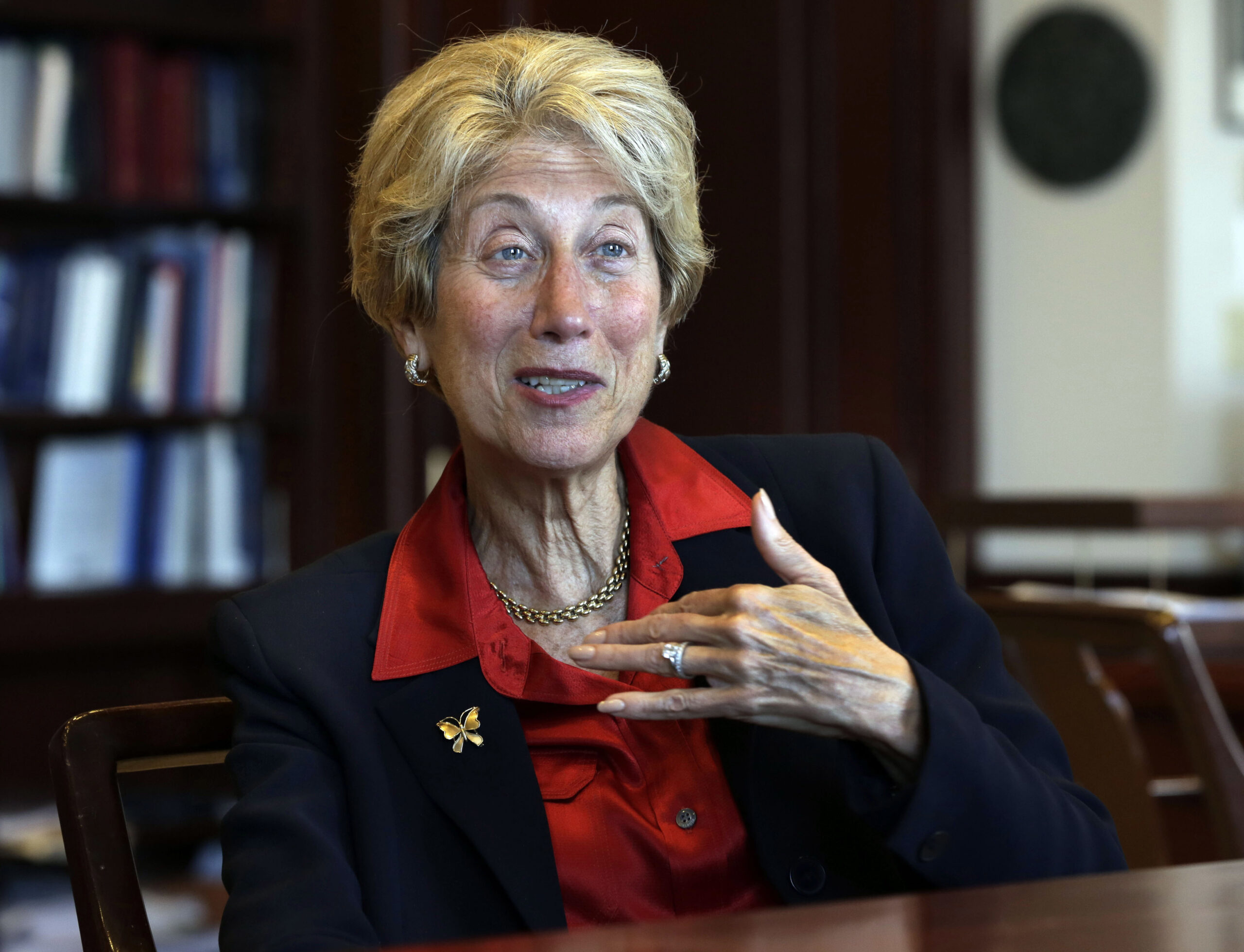Stop-and-Frisk: A decade after landmark ruling, concerns of its return grow

Photo: Richard Drew/AP
A decade has passed since the New York Police Department’s (NYPD) contentious stop-and-frisk policy was deemed unconstitutional. While it once symbolized New York policing during Mayor Rudy Giuliani’s reign and peaked under Mayor Mike Bloomberg and Commissioner Ray Kelly, District Judge Shira Scheindlin ruled on Aug. 12, 2013, that the tactic, as employed, was “racially discriminatory,” targeting predominantly Black and Hispanic men.
Now, a decade later, retired Judge Scheindlin has voiced concerns that this tactic is resurfacing. Scheindlin, now associated with the Stroock & Stroock & Lavan law firm, recently appeared on “All Things Considered” hosted by Tiffany Hanssen to discuss her groundbreaking ruling and the implications today.
Asked about the backdrop of the ruling, Scheindlin mentioned that the NYPD had registered around 660,000 stops in its highest year. In her perspective, most of these stops were unwarranted as they didn’t result in any evidence of crimes. An alarming 88% of these stops led to nothing, with the rest often culminating in minor offenses. She highlighted, “It was just an intrusion into people’s freedom to walk about without being harassed by police.”